 Carter Horsley
Carter HorsleyDec 23, 2011
Carter's Review
The rigidity of the grid pattern of streets in midtown Manhattan has often been hailed as one of its most salient and important virtues as it creates open vistas, helps traffic and is good orientation.
Conformity with the grid led to a building pattern that held to the street line creating parallel lines of building walls. This uniformity of building convention has given the city a consistency that often disguises less than distinguished architecture.
In recent years, the notion of context as a guiding principle of urban architecture has been virtually paramount in planners' and civic activists' minds.
There have been very few exceptions.
One was the mixed-use tower on the southeast corner of Park Avenue and 34th Street, a project that combines a school with an office building.
Another is The Strand.
The axis of this building is at a 45-degree angle with the corner and such deviations work best at corners rather than disrupting midblocks with irregular shaped plazas. One could, in fact, argue with considerable power, that corner plazas make a great deal of sense for rushed pedestrians, but the notion has not stirred much excitement.
By twisting the 311-unit, 42-story, condominium tower, which is essentially freestanding, on its site, the apartments offer unusual views for the residents, always an important feature.
The design by Costas Kondylis of Philip Birnbaum Associates is one of the prolific firm's best as its corners' indentations afford many corner windows, again always an important feature for residents. The proportions of the tower are very fine and the relatively simple red-brick façades are made interesting by the indentations, much like a faceted jewel although this is not a reflective-glass building.
The peak of the tower is a pyramid-like top that is, again, very handsomely and gracefully designed. The tower is clad in bands of peach, red and beige brick and there is a pergola.
The building, which was developed by Bhatia Development Associates, has laundry facilities on every other floor, a driveway, a garage, a health club, pool and sundeck. Some of the units have balconies.
When it opened in early 1989, its neighborhood was on the fringes of midtown. It is across Tenth Avenue from the large twin towers of Manhattan Plaza, and a short walk to several off-Broadway theaters on 42nd Street.
The renaissance of Times Square in the late 1990's resulted in a quantum improvement in the character of the entire neighborhood, which offers convenient public transportation, a variety of interesting restaurants and food stores in the vicinity, and proximity also to the Javits Convention Center a few blocks to the south and to the Hudson River a couple of long blocks to the west.
Since its erection, West 42nd Street has witnessed a flurry of development activity with many new, tall, residential towers. When viewed from the north, they make a striking argument for the "towers-in-a-park" approach as they appear to march proudly from midtown to New Jersey. Unfortunately, there is not much park.
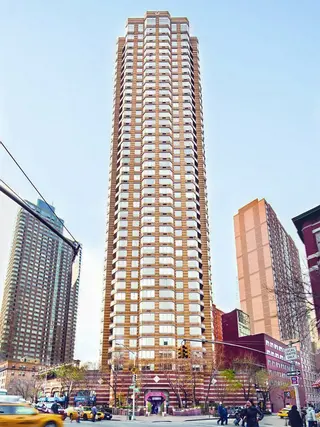
- Condo built in 1987
- 4 apartments currently for sale ($799K to $1.995M)
- 1 apartment currently for rent ($0)
- Located in Midtown West
- 311 total apartments 311 total apartments
- 10 recent sales ($525K to $1.3M)
- Doorman
- Pets Allowed
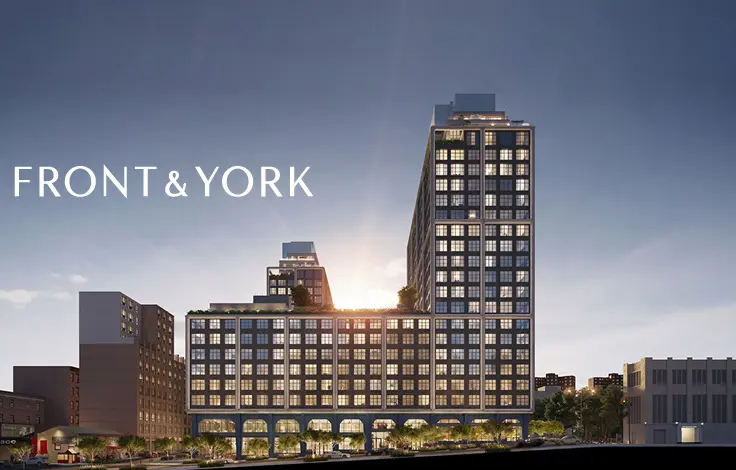
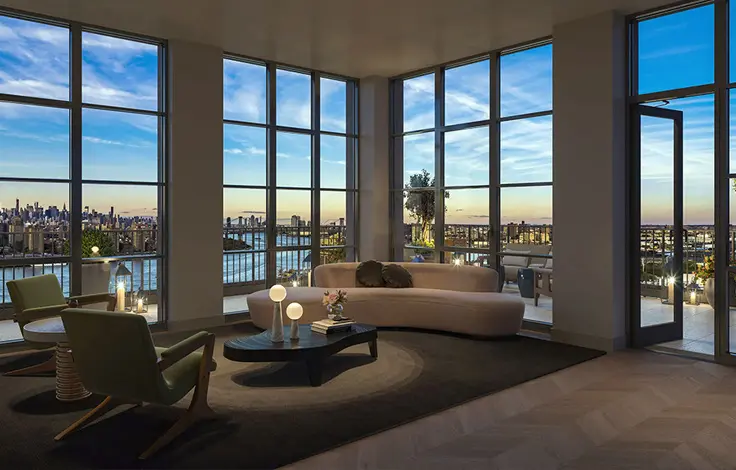

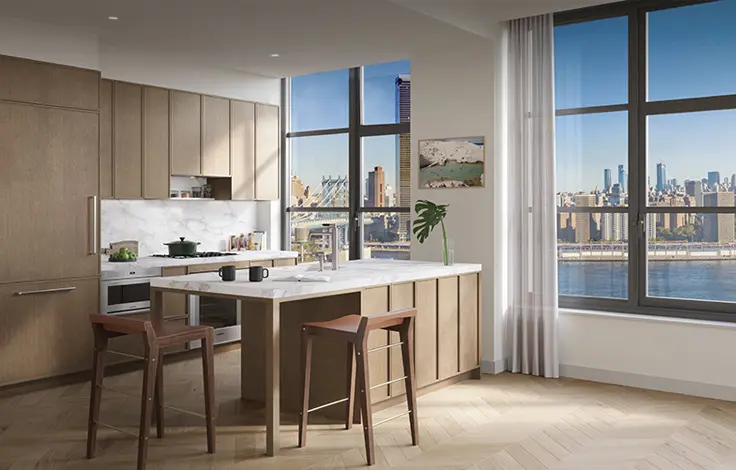
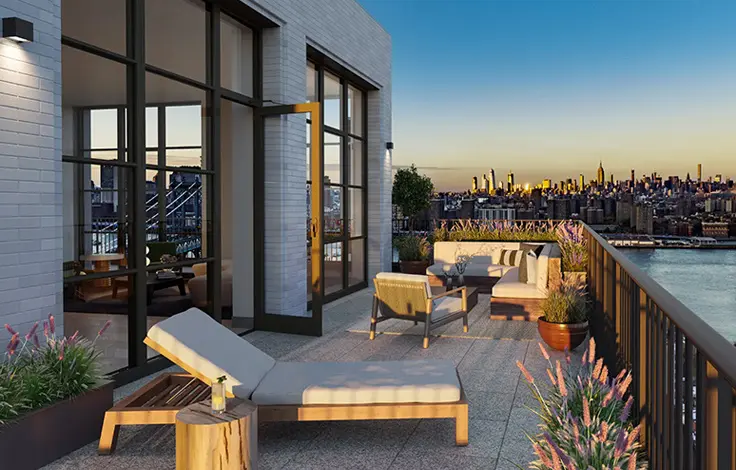
 6sqft delivers the latest on real estate, architecture, and design, straight from New York City.
6sqft delivers the latest on real estate, architecture, and design, straight from New York City.
